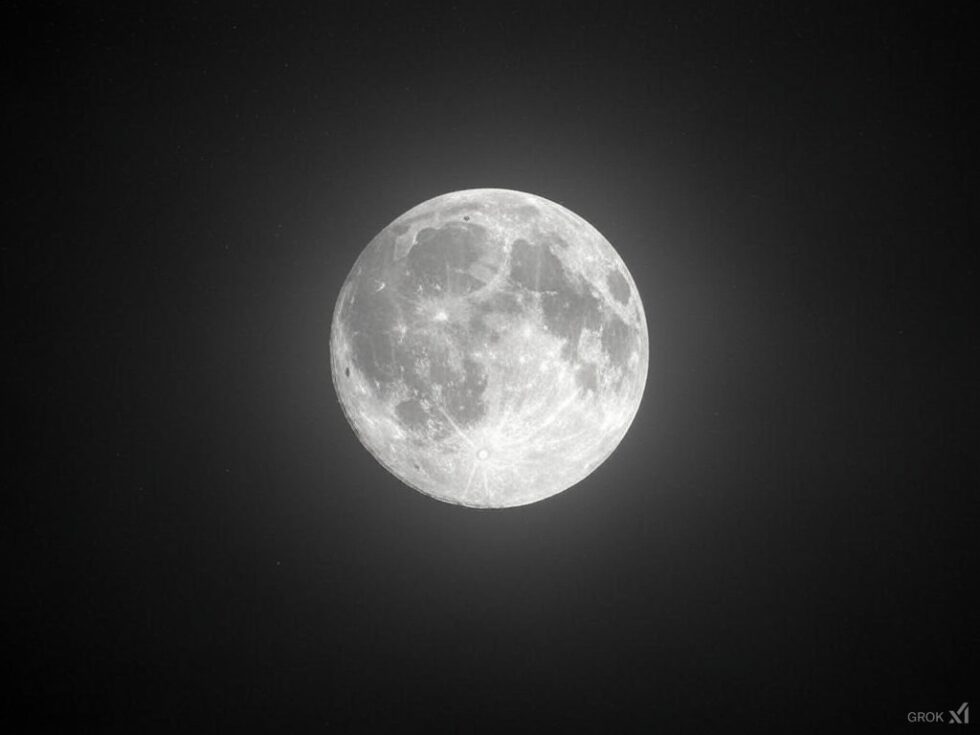
On a crisp autumn night, an eerie silence enveloped the world as the Moon, Earth’s steadfast celestial companion, vanished without a trace. It was as if someone had plucked it from the sky, leaving only a void where its comforting glow once bathed the world in silver light. The disappearance was instantaneous, plunging astronomers and scientists across the globe into disbelief and panic. The implications of a moonless Earth were vast and unfathomable, setting off a chain of events that would alter the course of human history forever.
The first signs of change were subtle, almost imperceptible. The tides, governed by the Moon’s gravitational pull, began to behave erratically. Coastal communities, accustomed to the rhythmic rise and fall of the sea, found themselves at the mercy of unpredictable tidal surges. Entire ecosystems descended into chaos as marine life struggled to adapt to the new conditions. Fishermen, who had relied on the tides for generations, watched helplessly as their livelihoods were swept away. The absence of the Moon’s gravitational influence also affected Earth’s rotation, causing days to grow shorter and nights longer. Clocks, once the epitome of precision, became unreliable, and humanity’s sense of time began to unravel.
As the natural world grappled with these changes, so too did human society. The Moon had been a constant presence in human culture, inspiring myths, guiding travelers, and marking the passage of time. Its disappearance left a void not only in the sky but in the collective consciousness of humanity. People across the globe looked up at the empty night sky, searching for answers and solace. In the absence of the Moon’s gentle light, the stars shone brighter, but their beauty was cold and distant, offering little comfort to those who mourned the loss of their celestial companion.
Religious leaders and spiritualists interpreted the Moon’s disappearance as a sign of divine intervention or impending doom. Prophecies of apocalypse spread like wildfire, fueling fear and uncertainty. In contrast, scientists worked tirelessly to understand the phenomenon, pooling their knowledge and resources in an unprecedented global collaboration. Theories abounded, ranging from cosmic anomalies to advanced extraterrestrial intervention. Yet, despite their efforts, the mystery of the Moon’s disappearance remained unsolved, a riddle that defied explanation.

In the midst of this turmoil, humanity found itself at a crossroads. The loss of the Moon forced people to confront their vulnerability and the fragility of their existence. It was a wake-up call, a reminder that the universe was vast and unpredictable, and that Earth was but a small, fragile oasis in the cosmic sea. This realization sparked a renewed sense of unity and purpose among the nations of the world. Borders and political differences faded into the background as humanity rallied together to face the unknown. A new era of cooperation and innovation was born, driven by the shared goal of understanding the universe and securing the future of the human race.
As the years passed, humanity adapted to the new reality. Advances in technology and science led to the development of artificial tidal generators, stabilizing coastal communities and restoring balance to the oceans. The study of astronomy and space exploration became a global priority, leading to the establishment of international space programs and the construction of advanced observatories. The search for the Moon, or any trace of its existence, continued, driven by the hope that one day it might return or that its disappearance could be explained.
In time, the absence of the Moon became a part of human history, a chapter in the story of Earth’s journey through the cosmos. It was a testament to the resilience and ingenuity of the human spirit, a reminder that even in the face of unimaginable change, humanity could adapt and thrive. The night sky, once dominated by the Moon’s luminous presence, now held a different kind of beauty, one that spoke of mystery and possibility. It was a canvas upon which humanity could project its hopes and dreams, a reminder that the universe was full of wonders waiting to be discovered.
And so, life continued on Earth, forever changed by the night the Moon disappeared. The world had lost a constant companion, but in its place, it had gained a new sense of wonder and a deeper understanding of its place in the universe. The Moon’s absence had left a void, but it had also opened a door to new possibilities, a journey that humanity would continue to explore for generations to come.




